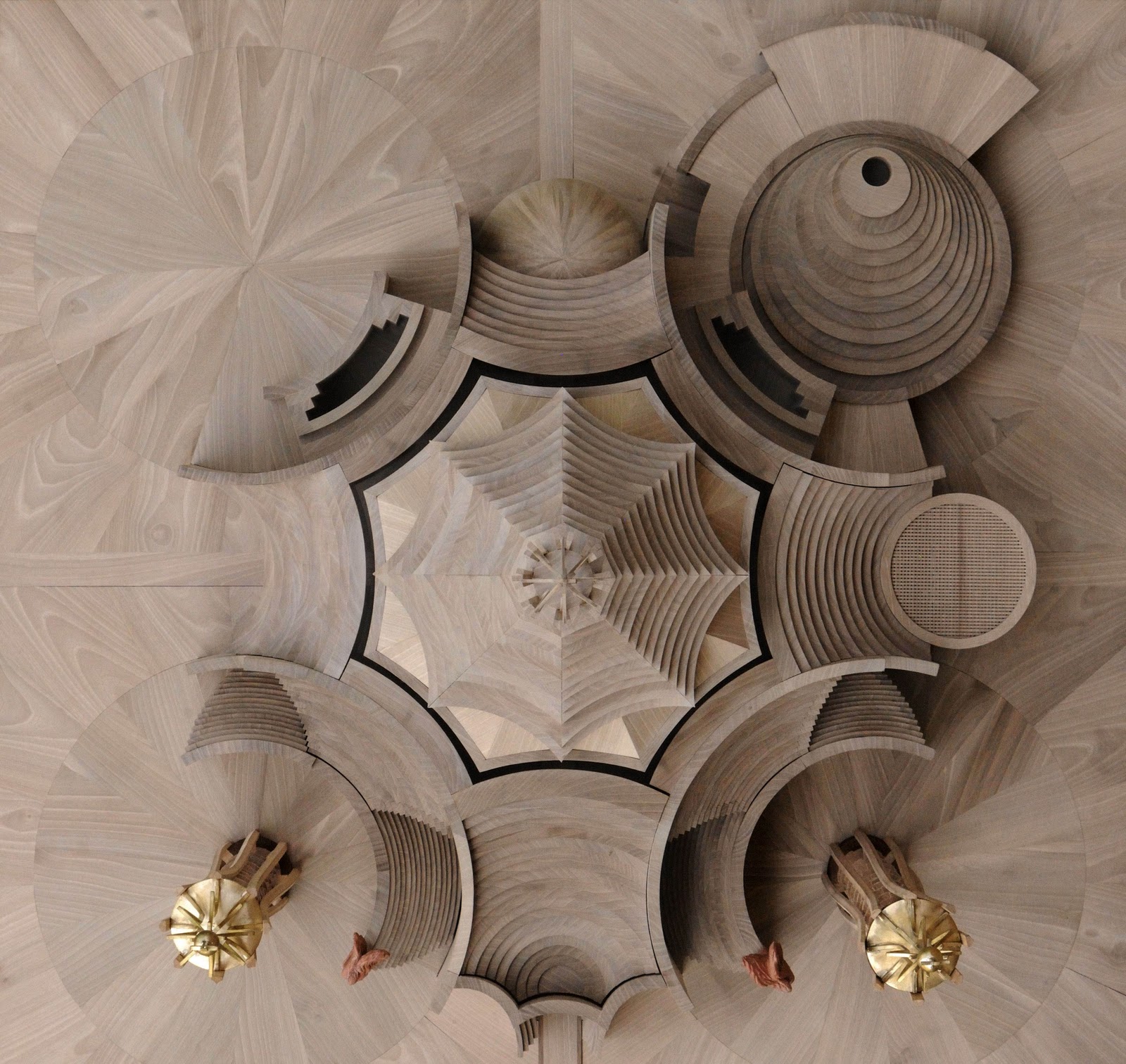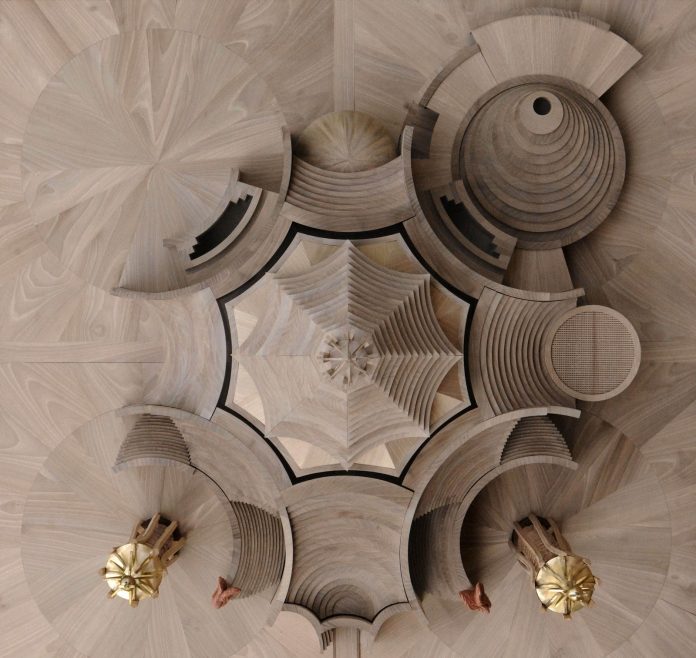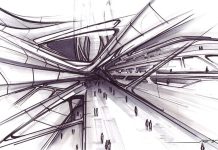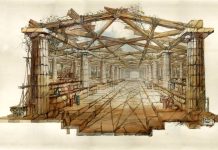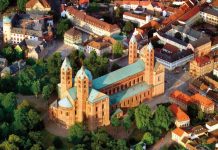To understand the true essence of architecture, it is necessary to consider it from different sides, to determine what role it plays in society, how it is “arranged”, in what ratio are the elements of its system, what influences it is exposed to from the external natural environment, for what reasons architecture changes in the process of its historical development, what forms of existence and functions does architecture acquire in human society?
Almost all living beings are engaged in construction activities, solving problems of survival in the current environment and developing certain behavioral models and material means to ensure conditions for optimal implementation of life processes. One of the basic laws of the development of organic nature is the law of the unity of the organism and the conditions of its existence. The external environment is the most important factor determining the very nature of any living organism. The fitness of a living organism to the conditions of its existence becomes an expression of the correspondence of the functions and structure of the organism and all its organs to the given environmental conditions. A change in the conditions of existence necessarily causes a change in the functions of the body and the emergence of new functions, which are, in essence, adaptation reactions.
The desire to exist, to survive in a changing world, the struggle for self-preservation, for procreation, observed in the field of organic nature, turn into a powerful motive that causes the need to adapt to the environment.
According to biologists, environmental change acts in most cases as the reason for the appearance of new properties and qualities in organisms. Actually, this dependence of the organism on the environment is the natural law of the development of all living beings, including humans.
Living organisms have the property of adapting to external and generic influences. Their immediate subject environment is involved in this process, and organisms create a kind of artificial environmental “shells” around themselves. These “shells” provide a local comfortable environment for their existence. Some creatures carry these “shells” with them, like hermit crabs, snails, turtles; others build special structures – anthills, huts, tear off pores, weave nests, hollow out hollows, others take away already created “dwellings” from other animals, turning them into their own.
The main essence of the activity of living beings to create local environments is the formation of the most comfortable conditions for the normal implementation of their activities. Such conditions in the animal world are those that allow you to survive: to protect and feed yourself, to bring out full-fledged offspring.
Humanity, as its civilization developed, did not just create local “shells”, but, due to the social nature of its existence and special types of thinking, formed its artificial environments, striving to maximize their expansion and contrasting them with the natural environment. In this opposition, in the end, the main conflict between Man and Nature is concluded; the natural environment is displaced by anthropogenic and may eventually be completely displaced, but humanity cannot survive without the natural environment due to biological reasons. This conflict has become the most urgent problem of people today, and its resolution is possible provided that the basic principles of the traditional paradigm of man’s relationship with nature are revised, techniques and methods of transforming the natural environment into an artificial one, but ensuring the very life of future generations are revised.
The totality of all areas of architectural science (including spatial planning aspects of urban planning) is determined by the fact that they are all associated with the study of different aspects of the same phenomenon, which is architecture in its “environmental” understanding.
Studies of samples of artificial shells in the animal world indicate that the number of variations in their construction is not infinite, and there are often repeated forms of their structure. Biologists who study living organisms and their way of life classify animal dwellings according to different characteristics. Such signs are: the nature of the building material from which they are made, construction techniques (structures), physical dimensions, configuration features, etc. These primitive classifications are devoted exclusively to the assessment of morphological characteristics of objects constructed by living beings. They are interesting to us because biologists always associate such “architectural” objects of animal origin only with the utilitarian need for the physical survival of living beings.
The comparison of the “biological” classifications of artificial objects of the natural environment makes us think that the morphological classification of artificial forms can take place in more complex formations, including those built by man. And this entity, connected with the construction activity of living beings, has the right to its own independent and in-depth research.
In this manual, the object of research is the anthropogenic environment and the laws of its architectural and spatial construction. Obviously, being a living being, a person follows the general laws of the formation of the material environment. But it is also obvious that his environment is different from the one that was created without his participation, whether it is the results of the activities of other living beings or natural phenomena. Architecture in its broad sense can be defined by everything that a person creates to ensure the “environmental” conditions of his activity. In other words, the main morphological property of architecture, which characterizes its main essence, is the function of being a receptacle of human activity.
Thus, considering architecture from the above positions, we inevitably face a number of questions: what general laws of artificial environment shaping exist, and how do they manifest themselves?
